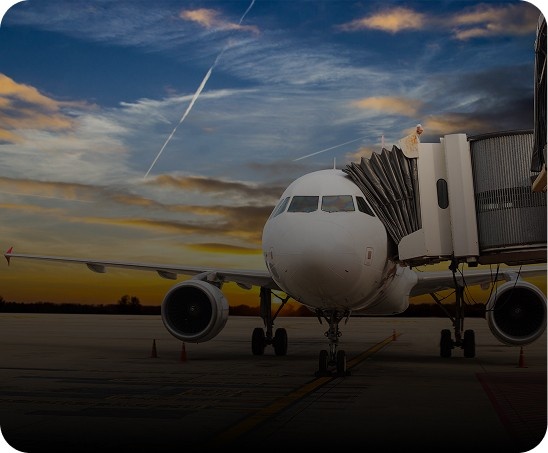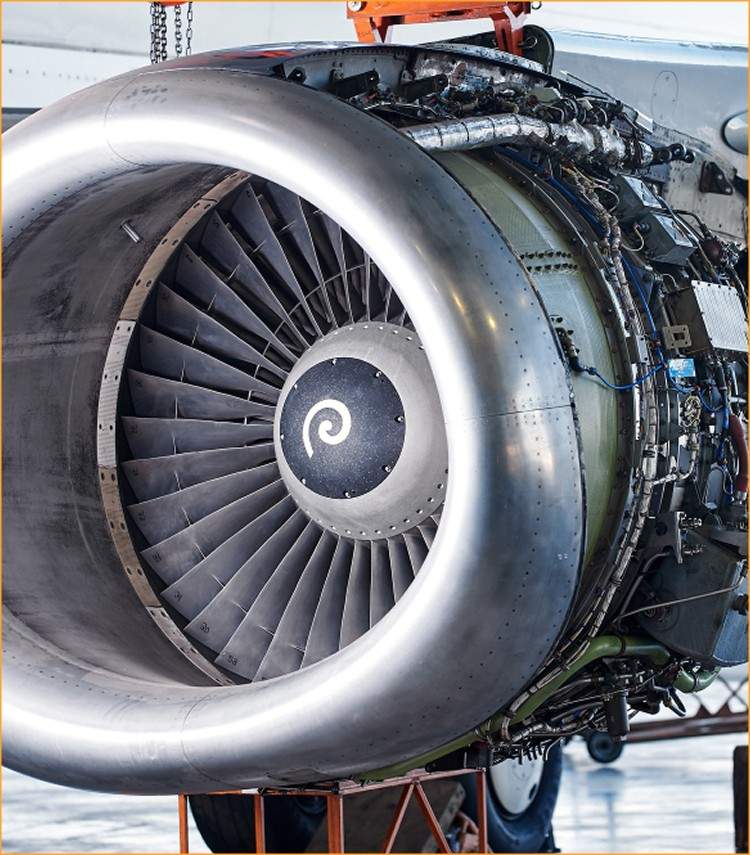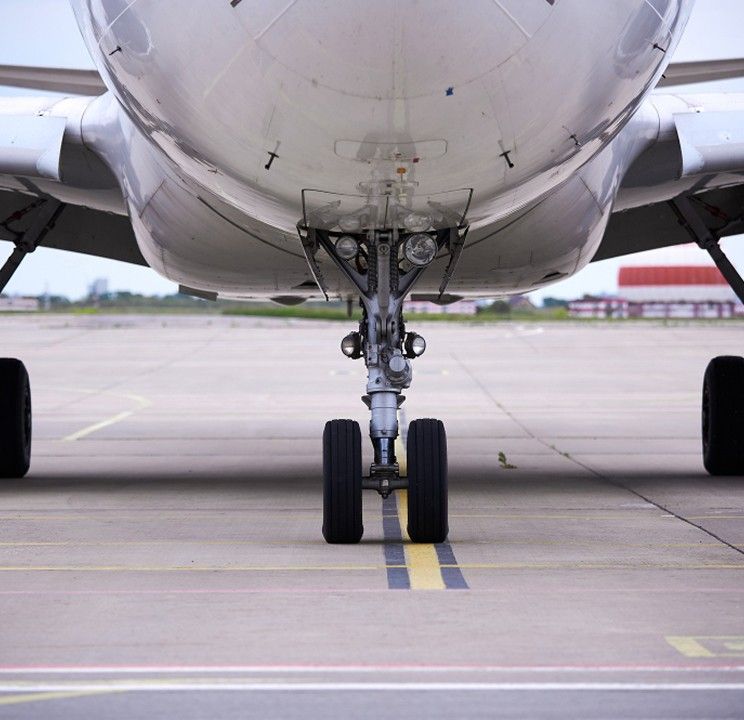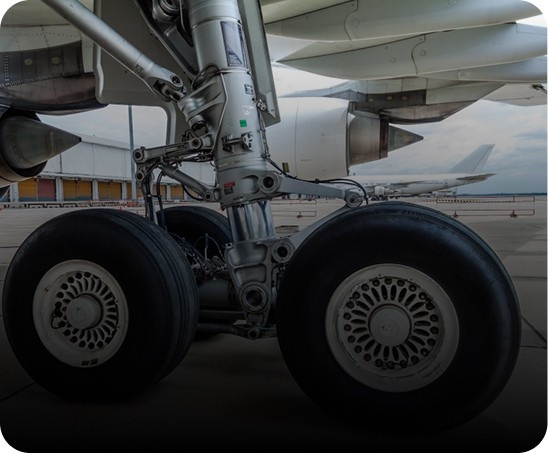





The reliability and airworthiness of an aircraft depend on the quality of the parts used in maintenance and repairs. Key factors ensuring part quality include:
OEM (Original Equipment Manufacturer) and Approved Parts : Only parts from the original manufacturer or FAA/EASA-approved suppliers should be used. This guarantees compatibility, durability, and compliance with safety standards.
Traceability and Certification : Every aircraft part should have a complete history, including manufacturing details,previous installations, and regulatory certifications such as FAA Form 8130-3 or EASA Form 1.
Proper Storage and Handling :Sensitive aircraft components should be stored in temperature-controlled, humidity-free environments to prevent corrosion and degradation. Proper labeling and handling practices reduce the risk of damage.
Testing and Verification :Before installation, all parts should undergo rigorous inspection and testing. This includes stress testing, functional verification, and compliance checks to ensure that each component meets industry standards and safety requirements.
Aircraft maintenance and repair services should be efficient, comprehensive, and customer-oriented. Key aspects include:
Comprehensive Maintenance Programs : The company should offer a full range of services, including scheduled maintenance, preventive maintenance, unscheduled repairs, and major overhauls.
Timely Turnaround and Efficiency :Downtime is costly in aviation. Maintenance companies should prioritize quick, efficient services while maintaining high safety standards. Proper planning, resource allocation, and streamlined workflows contribute to faster service delivery.
Customer Communication and Transparency :Clients should be updated on maintenance progress, potential issues, and cost breakdowns. Clear reporting ensures trust and helps clients make informed decisions.
Emergency and AOG (Aircraft on Ground) Services :In the case of aircraft grounding, rapid response teams should be available 24/7 to diagnose and resolve issues, minimizing operational delays.
Technology Integration :Modern aircraft maintenance companies leverage technology such as predictive maintenance software, digital tracking of parts and service history, and real-time monitoring of aircraft health to improve efficiency and reduce unexpected failures.
Ensuring high-quality work in aircraft maintenance and repair is crucial for flight safety, regulatory compliance, and operational efficiency. The following factors define top-tier work quality :
Certified and Trained Technicians :All engineers and mechanics should hold certifications from relevant aviation authorities such as the FAA (Federal Aviation Administration), EASA (European Union Aviation Safety Agency), or DGCA (Directorate General of Civil Aviation). Regular training and refresher courses are essential.
Precision and Accuracy : Aircraft maintenance requires strict adherence to manufacturer guidelines (e.g., Boeing, Airbus manuals) and industry standards. The use of calibrated tools, digital diagnostics, and automated maintenance tracking systems ensures precision in every repair and inspection.
Compliance and Documentation :Every service, repair, and maintenance activity should be recorded in detailed logs.Documentation should include work performed, parts replaced, test results, and safety checks. Regulatory bodies require accurate records to certify airworthiness.
Safety Standards and Inspections :Multiple levels of inspection and cross-checking should be implemented. A rigorous quality control system should involve inspectors reviewing work before aircraft clearance. Safety protocols should be updated regularly based on incident analysis and evolving industry standards.

© Copyright 2025, All Rights Reserved. Designed by Onqanet Technologies Pvt. Ltd.